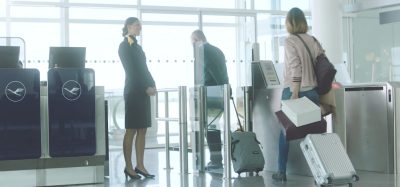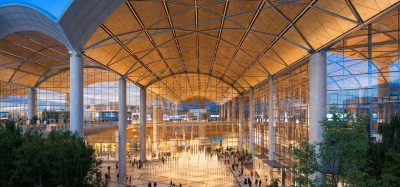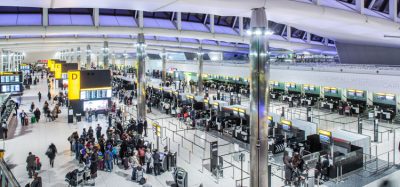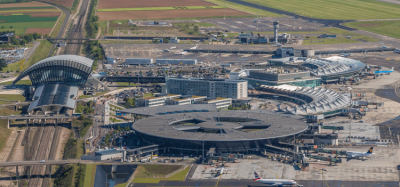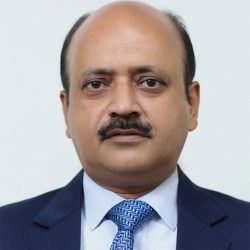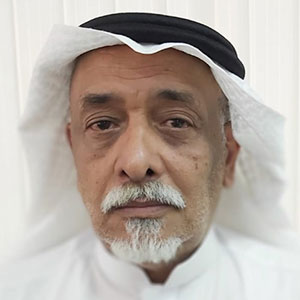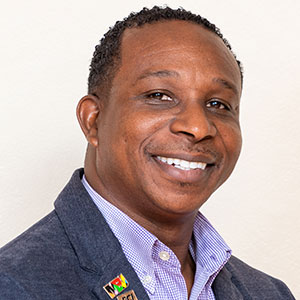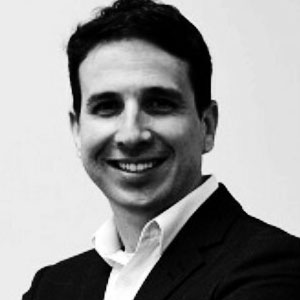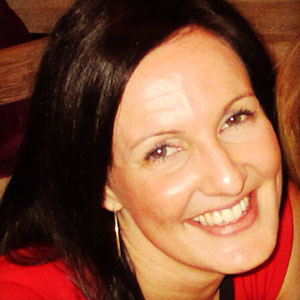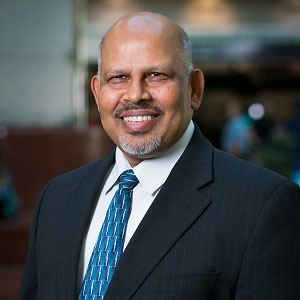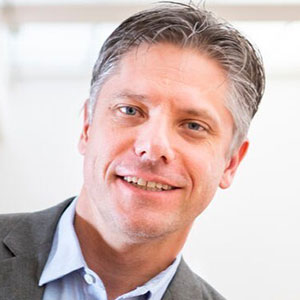Interview Spotlight: Driving aviation’s future: PA Consulting on energy, innovation & data-led sustainability
Posted: 30 May 2025 | International Airport Review, PA Consulting | No comments yet
At ACI Europe’s Annual Congress in Istanbul, Kata Cserep, Global Aviation Lead, and Sabire Ipek Demir, Energy Transition Expert at PA Consulting speak to International Airport Review.


At the ACI Europe Annual Congress in Istanbul, International Airport Review sat down with Kata Cserep, Global Aviation Lead, and Sabire Ipek Demir, Energy Transition Expert at PA Consulting, to explore how airports can transform into data-driven, sustainable hubs of innovation. From electrification and grid constraints to community engagement and AI-powered operations, this interview reveals why PA Consulting sees collaboration, transparency, and innovation as essential to the aviation sector’s next evolution.
As the aviation industry navigates the complex challenges of decarbonisation, digital transformation, and shifting stakeholder expectations, the need for bold, integrated solutions has never been greater. At the forefront of this movement is PA Consulting, a firm leveraging cross-sector expertise to guide airports toward a smarter, greener future. In this exclusive interview, we speak with two of PA’s leading voices Kata Cserep and Sabire Ipek Demir on how airports can move beyond ambition and into actionable, measurable impact. From strategy to implementation, the conversation explores case studies, innovative technologies, and the evolving role of airports as both transport and energy hubs.
Can you tell me about PA Consulting generally and your role within the firm?
Kata: I lead the Global Airports and Aviation team at PA Consulting. I’ve spent the last 20 years working with airlines, airports, investors, and policy makers, and I joined PA in 2023.
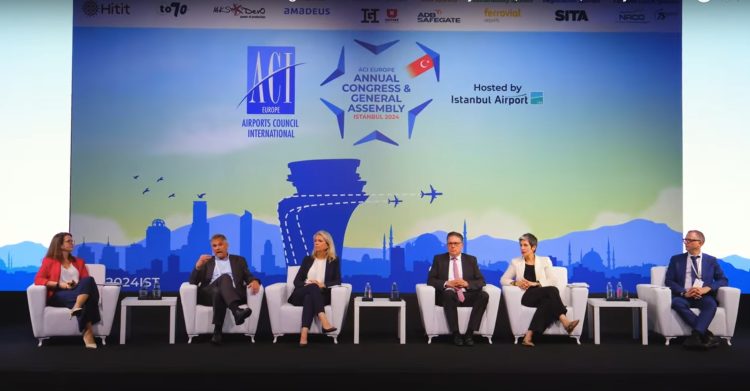

Having spent this time in the industry, and generally taking a long-term view, I can see three long-term macro trends that will influence the challenges of airports over the next two decades. The first one is energy transition and decarbonisation. Another one is digital transformation, use of AI, and data science technologies. Last but not least is capacity expansion through capital investments and making the best use of existing capacities through greater operational efficiencies. These also happen to be areas where PA is an exceptionally strong advisor across a number of different sectors.
PA Consulting supports airports as well as other sector clients with their long-term sustainability strategies. We also work with airports to bring AI technologies into their operations, applying data science to manage flows and bring actionable efficiency insights. We also advise them on engagements with investors and regulators on new investments, whether it’s electric fleets, micro-grids, or new technology in the terminal. It’s about being able to assess the business cases and bring about the change – that’s the role we play.
In terms of size and coverage, PA has about 4,000 people. Our aviation team is based in the UK, Netherlands, and the U.S., but we operate globally, so we work with airports of all sizes, in different parts of the world.
Sabire, could you let me know about your role at PA and an example on how you supported UK airports on the road to sustainability?
Sabire: I’m an economist, specialising in energy transition policy design and investment strategies. I advise energy and aviation sectors clients, as we see similar trends across the economic frameworks that govern the energy transition initiatives in both sectors.
The PA team recently completed a project where we helped a major London airport develop a refreshed sustainability strategy. They approached PA with an ambition to be a champion in sustainable aviation: not just by meeting their Net Zero by 2050 targets, but also by meeting the expectations of local government, community, internal teams, and employees. They needed a roadmap and a communications agenda.
The PA team started the project with an extensive stakeholder engagement, interviewing more than a hundred stakeholders that range from airport senior executives, employees, teams, and shareholders, all the way to passengers, partners of the airport, as well as community members and local government. These engagements identified four areas of actions:
- Infrastructure: Providing the necessary infrastructure to enable the net zero transition, which is the big and exciting challenge in front of us.
- Partners: Having the airport business partners supporting the innovation and implementation of the future of flight.
- Teams: Making the airport a great place to work with learning and growth opportunities and the chance to build a fulfilling career.
- Community: Being a good neighbour while also providing opportunities for the community around the airport.
The planned work across these areas rests on collaboration, transparency and innovation:
- It has to be a collaborative effort for all stakeholders to be onboard and for the plan to be designed in a way that’s implementable and effective for everybody.
- Transparency is key. You must back up all initiatives or new measures with data evidence supporting the higher expected benefits.
- Finally, innovation that supports sustainable solutions across all aspects of an airport service, from customer satisfaction to working with partners, to working internally within your own teams.
The PA team and our client airport identified commitments and delivery actions across these areas. For instance, the airport now has a strategy to enable the uptake of sustainable aviation fuel (SAF) by increased collaboration with airlines and fuel providers. With regards to the Net Zero targets, they aim to supply 25% of the electricity use at the airport from onsite renewable generation. By 2040, the aim is for 100% of all electricity needs of the airport to be provided by off-grid solutions or self-generation at the airport. There is also a 2030 target for achieving 100% low carbon airport vehicles fleet. These are all exciting goals.
Earlier today at the Congress, a subject that was touched upon was electrification of airports. What do you think is the biggest challenge if we were to see that evolution?
Kata: Grid connection challenge is what we hear most often from our clients, for two reasons.
One, the historical electricity capacity and requirements of airports have been modest in comparison to what the future projected needs are to electrify ground support equipment and fleet, not to mention future electric aircrafts. Further along, the level of ‘charging’ that’s required will be orders of magnitude larger. So, the step-up in electricity demand is larger than what the connections to the grid are currently set up for.
Secondly, outside of the airport, the whole grid is strained because everyone else is trying to electrify as well. That’s the challenge I see as the most consistently heard and voiced, whether in the U.S., in Europe, or anywhere else.
Sabire: Grid constraints are not just a challenge for our airport clients, but also for our renewable energy developer clients, onshore and offshore. We also advise the transmission and distribution networks on their investment strategies to reinforce the grid. There’s currently a high regulatory and policy awareness around this challenge and direct intervention by the government authorities to help alleviate grid constraints and potential overload from increased self-generation. The National Electricity System Operator (NESO)’s ‘Connections Reform’ and the ‘Strategic Spatial Energy Plan’ are steps in this direction.
Many solutions for reducing Scope 2 emissions at airports also consider off-grid generation and electricity storage solutions to bypass the grid connections challenge, converting airports to ‘enerports’.
Do you think that sustainability or the need for more sustainable practice could be framed as an exciting challenge for the industry, one that is driving forward innovation?
Kata: The aviation industry is generally characterised by continuous innovation. There is also increasingly more opportunity and appetite to learn from outside the aviation sector. This merging of expertise from the energy, transport and digital sectors, where different stakeholders are coming together either through commercial incentive, regulation, or that desire to innovate together, is where I see the most exciting opportunities.
You’re allowed one wish for the aviation and airport industry. What is that one wish? If you could wave a magic wand and solve one challenge right away?
Kata: In the area of sustainability, the obvious missing link to me, is the cost of decarbonising aviation. If I could wave a magic wand, I would say, “right, we are going to pay for decarbonisation overnight, and yes, it’s going to add 10% to every ticket globally tomorrow, but we’ll be done”. The reason it’s so expensive is because only a tiny proportion of people are doing it, so my wish would be to decarbonise at once, as a global collective.
Sabire: I would use my magic wand to achieve the required technological innovations overnight. We can achieve a lot with 3rd gen sustainable aviation fuels and the power-to-x technology, or zero emissions flight such as hydrogen or electric used for all private jets and smaller aircrafts. Yet these technologies are at the very early stages of development, and until they reach full maturity their costs will be too high. To be able to make that technological leap of 10 to 20 years overnight, would be my wish.
Kata: If we could develop fast-forward technology whilst stopping the clock on climate change, that would solve most of our problems. Carbon is the enemy, not flying.
About the interviewees


Kata is the Global Aviation Lead at PA Consulting and has close to 20 years of commercial aviation experience, with a focus on airport and airline strategies, M&A and decarbonization. Previously recognized by Airline Economics Journal as one of the aviation industry’s Top 40 under 40, Kata has delivered a wide variety of high value projects, including airline diagnostics, airport business plan forecasts, sustainability road maps and investment advice to global infra funds and private equity.
Working across the aviation ecosystem affords Kata a unique perspective which delivers value to a variety of stakeholders, ranging from policymakers to investors to airlines and airport managements and industry associations. Kata and her colleagues at PA are Bringing Ingenuity to Life and helping to make aviation more agile, more resilient and more sustainable, helping to ensure that benefits are maximized while negative impacts are continuously reduced. Kata holds a Master’s degree in Economics from the University of Cambridge.


Join our free webinar: Beyond silos: How ecosystem thinking elevates the airport experience
In today’s complex aviation landscape, airports are moving beyond siloed operations to embrace a new era of collaboration. This webinar focuses on how leading airports are using ecosystem thinking to adapt, personalize, and continuously improve every touchpoint, boosting both passenger satisfaction and non-aeronautical revenue.
Date: 13 Nov | Time: 10:00 GMT
REGISTER NOW TO SECURE YOUR SPOT
Can’t attend live? No worries – register to receive the recording post-event.
Related topics
Artificial intelligence (AI), Data, Sustainable Aviation Fuel (SAF)



